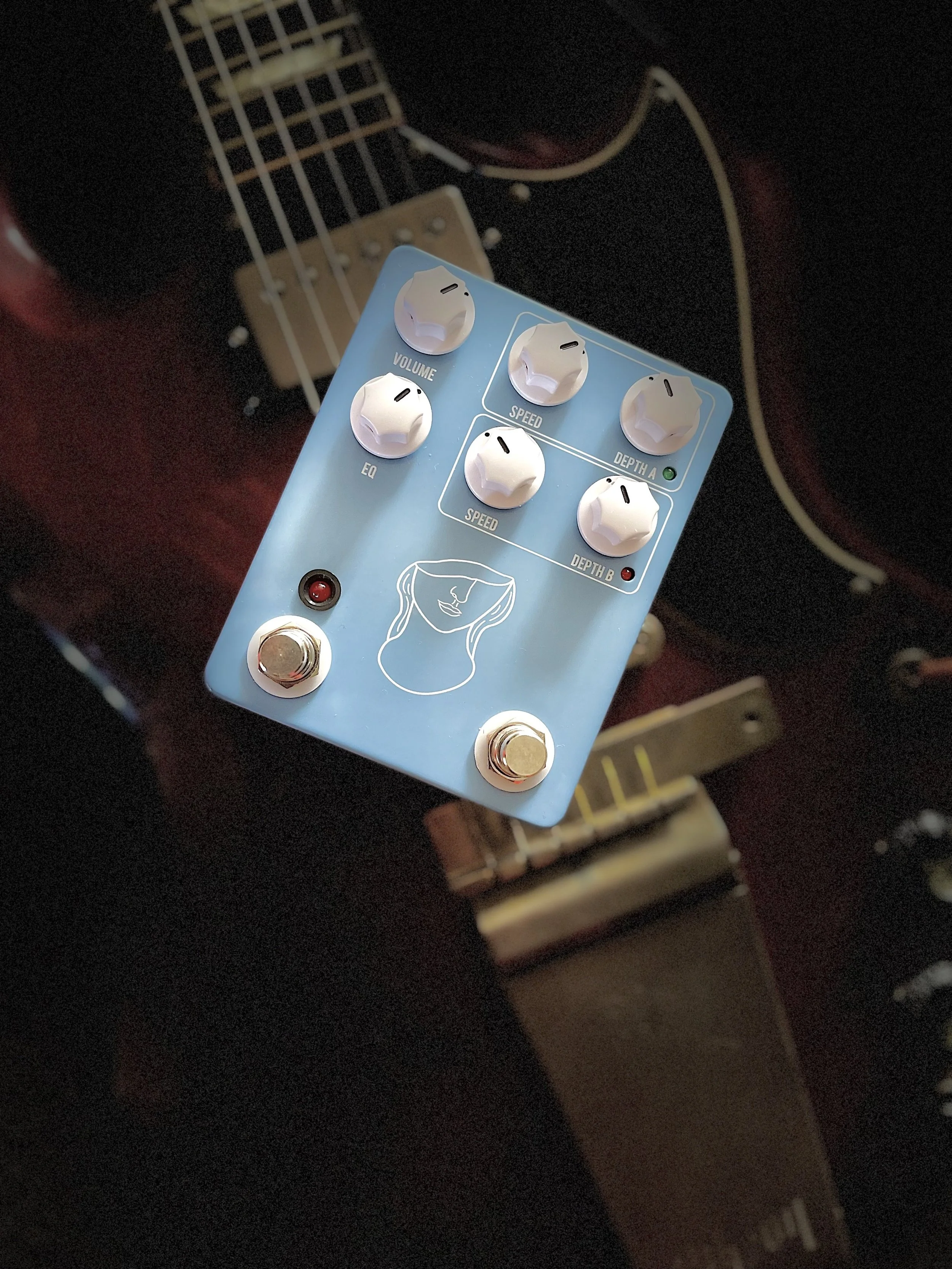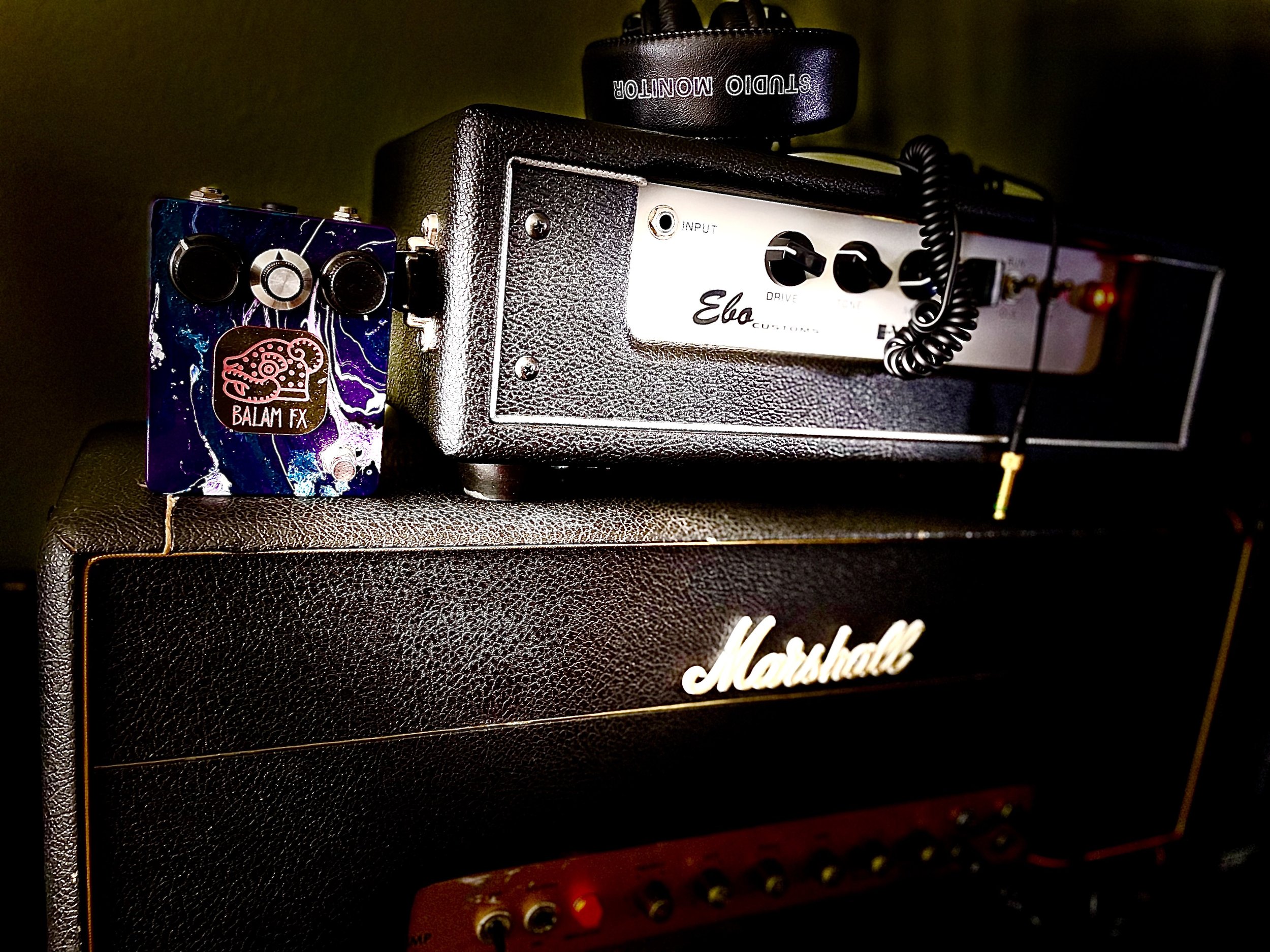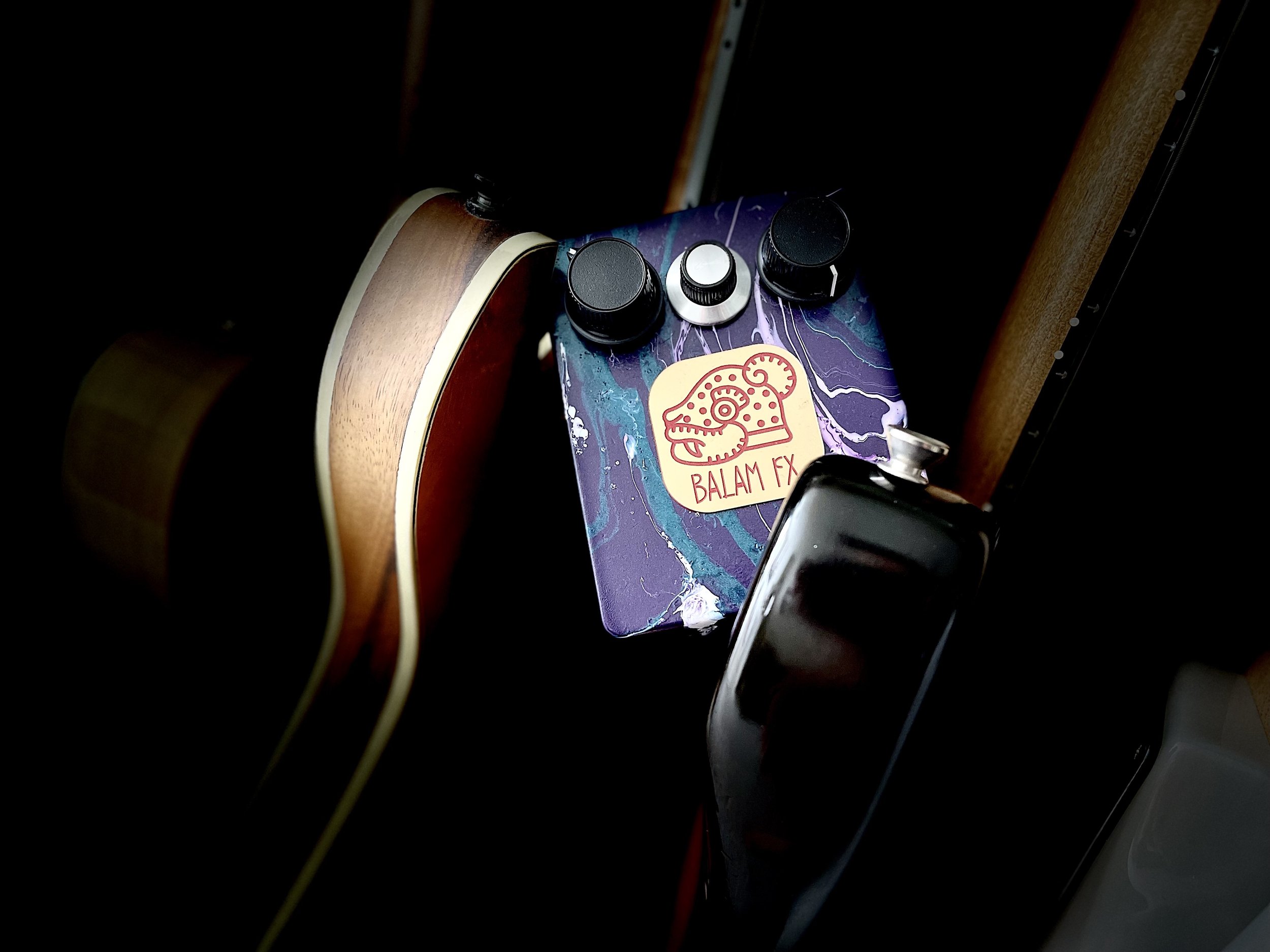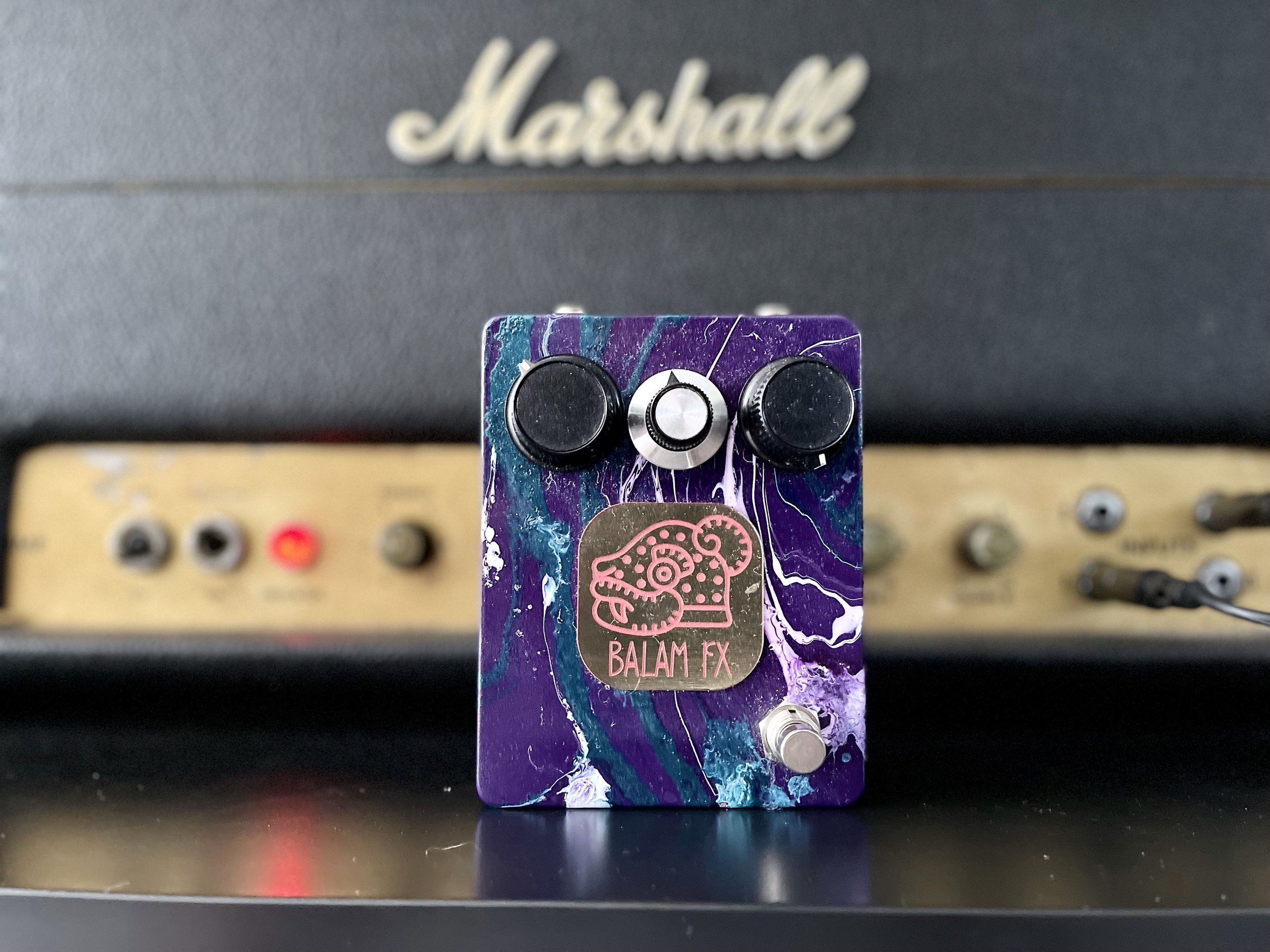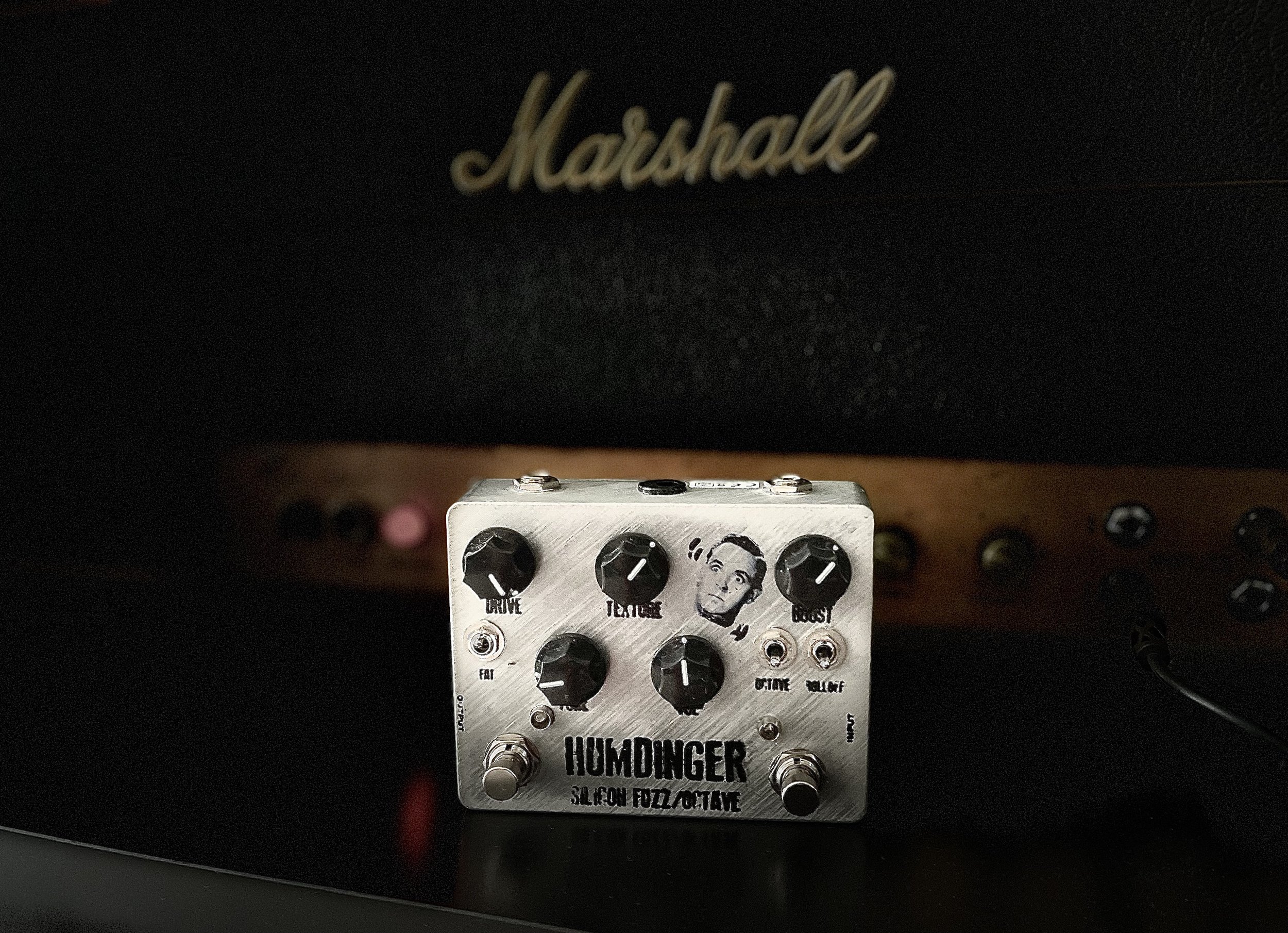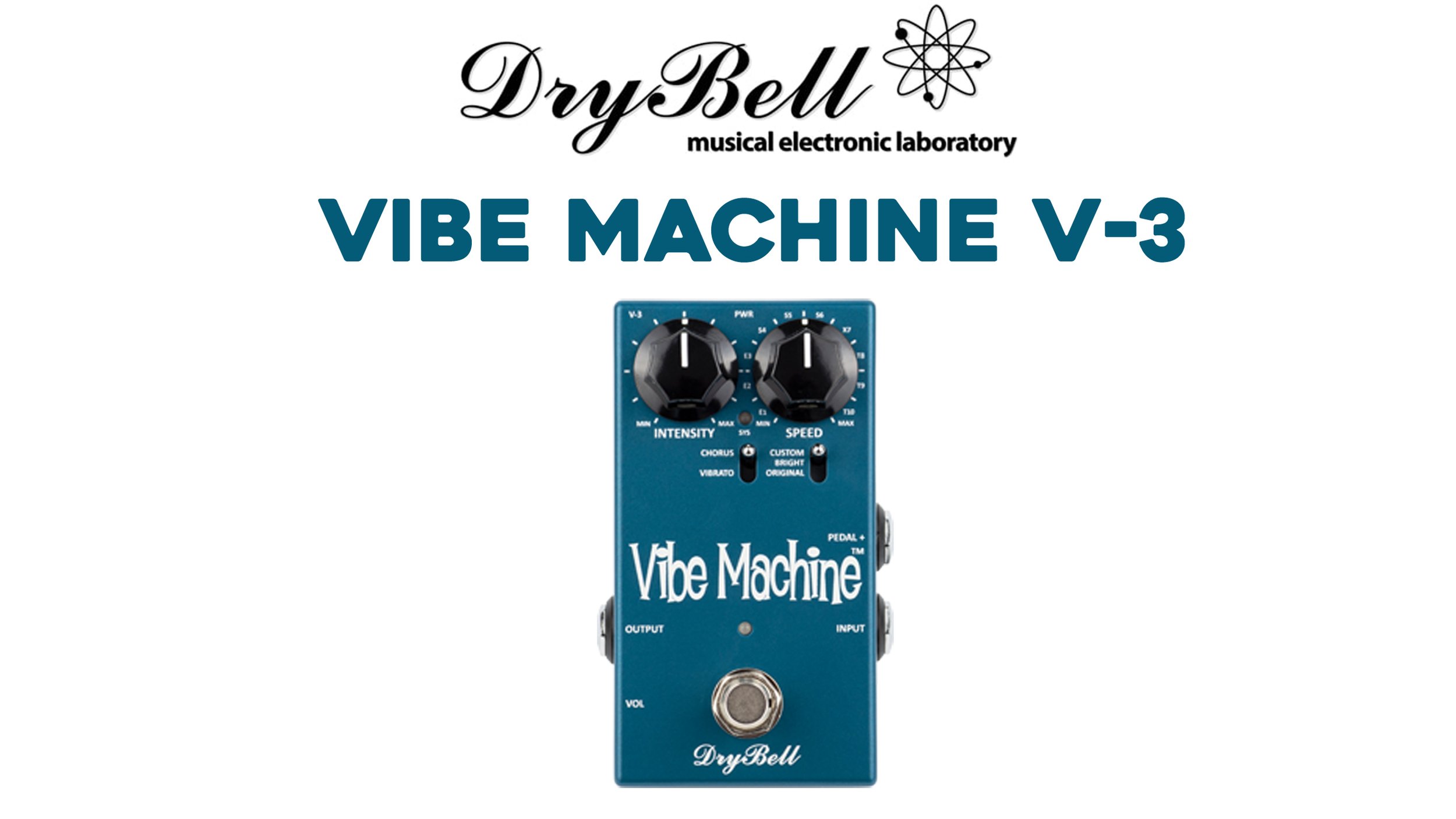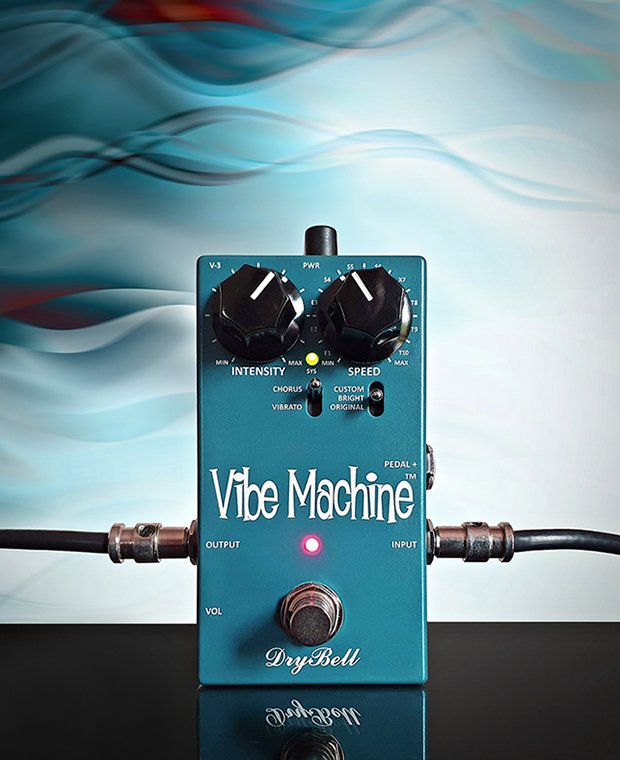Hello Gearheads! As we embark through the final passages of the holiday season (whatever season you may celebrate that is) I’m happy to bring you one final Gearheads Feature for the year… and it’s a fantastic one! You may know my penchant for the unique tone and style of Pitch Vibrato and today’s offering is not only a fantastic pitch vibrato circuit, but a very cool artist inspired one at that! None other than the JHS Pedals Artificial Blonde!
The Artificial Blonde is the signature pedal designed for the incredibly inspired Madison Cunningham. If you’re not familiar with her catalog or her music in general, I’d say stop reading this feature and go get you some… Cunningham is one of the most unique and interesting songwriters to come forth in the last decade and her signature pedal sits right next to her artistic prowess. The Artificial Blonde is so important to her tone that she actually never turns it off! Originally, using JHS’s Emperor Chorus/Vibrato pedal, choosing to only use the Vibrato setting - that warm wobble became a signature tone for Cunningham before any idea of a signature pedal existed. That alone is very cool to me - as I’m sure many of you Gearheads out there know… how many times do we see artists rep’ing a new pedal… (it’s their signature pedal of course) only to never see them use it on stage or in the studio. Whether those situations are “cash grabs” or they just move onto other gear like many of us do - that is definitely NOT the case with Cunningham and the Artificial Blonde.
The Artificial Blonde itself is very simple. In a nutshell it’s the same killer Pitch Vibrato circuit from the Emperor Chorus/Vibrato, but instead of having the Chorus and Vibrato, it’s just Vibrato with the option of choosing two speed settings. Dead simple and very useful. The pedal shares a global gain/volume control and a very musical “Tilt” EQ. Tilt EQ’s have been finding their way onto more pedal designs as of late as they work well to shave off frequencies you won’t need or want as you move up or down the EQ spectrum. The two independent speed options are foot-switchable and have their own depth controls. This enables you to really dial what you might need for the task ahead. Often, opting for a fast and slow movement you’ll find that the depth needs to be adjusted to get the tone to sit correctly in the mix. It’s very important and useful to have a depth control for each speed.
Tonally, the Artificial Blonde reminds me of many different Pitch Vibrato pedals. It’s circuit origins are from the old 80’s plastic import, Arion Chorus which also had a vibrato function. Often used for copping a fast Leslie speaker tone for the LA studio scene and Jazzers alike. I can hear those origins but also brighter tones akin to the Boss VB-2 and darker murkier tones that get soupy and almost tape-like. All of those tones and circuit styles are right there at your fingertips via the Tilt EQ.
The Artificial Blonde is a decidedly simple tool for anyone looking for a great and versatile Pitch Vibrato pedal for either live or the studio. The simple feature set is useful and zero filler. As much as I love options, sometimes I don’t! The Blonde gets right to point and you’re able to make music, which at the end of the day pals… that’s all that matters. I really enjoyed making the song for this feature and used the Blonde on pretty much every instrument, including a cool old Suzuki Omnichord for those Lanois/Eno chordal swashes. The Blonde fit right in, I’d say magically.
Thanks for checking this Gearheads Feature on the JHS Pedals Artificial Blonde Vibrato If you’d like to learn more about JHS Pedals and the Artificial Blonde, please do check out these sites for more information.
https://www.jhspedals.info/artificial-blonde
https://www.youtube.com/@jhspedals
Until next time Gearheads, please take a moment to Like, Subscribe & Share this Feature and I’ll see you all very soon!




